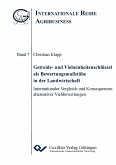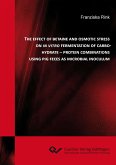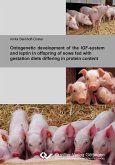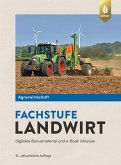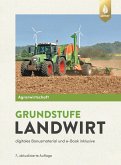The key objective of this work was to evaluate the influence of certain biotic and abiotic factors on the amount of health-promoting substances, such as ascorbic acid and polyphenols and health affecting substances, such as the major apple allergen Mal d 1, in apple fruit. For these studies a high number of different apple cultivars were selected and screened for their amount of bioactive components. Some cultivars were stored for different periods under various conditions. Mechanisms leading to Mal d 1 synthesis during storage have not been unveiled thus far. In this work the effect of 1-MCP, as an ethylene inhibitor, on Mal d 1 synthesis during storage was evaluated. The choose of cultivar, any agronomical practices and proper storage conditions might give the possibility to provide apple fruit with high amounts of health promoting substances and at the same time low amounts of the allergen Mal d 1. The results can be summarized as follows: A high content of polyphenols and antioxidants can be maintained by optimal storage conditions. No differences between cold storage and storage under controlled atmosphere could be detected, whereas shelf life led to lower content in antioxidants. Pearson¿s coefficient of correlation showed a positive correlation between polyphenols and antioxidant capacity. Cultivar had a strong effect on the amount of secondary plant metabolites. Mal d 1 content was quantified by Sandwich-ELISA. The apple cultivars differ in Mal d 1 concentrations. We determined a high variability in Mal d 1 content within one cultivar and between two orchards, Klein-Altendorf and Bavendorf. This shows that environmental conditions had a great impact on Mal d 1 synthesis. In most cases integrated produced fruit showed higher Mal d 1 amounts in comparison to fruit from organic cultivation. During storage a significant increase in Mal d 1 content was observed.
Hinweis: Dieser Artikel kann nur an eine deutsche Lieferadresse ausgeliefert werden.
Hinweis: Dieser Artikel kann nur an eine deutsche Lieferadresse ausgeliefert werden.

